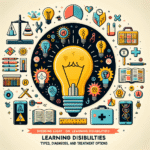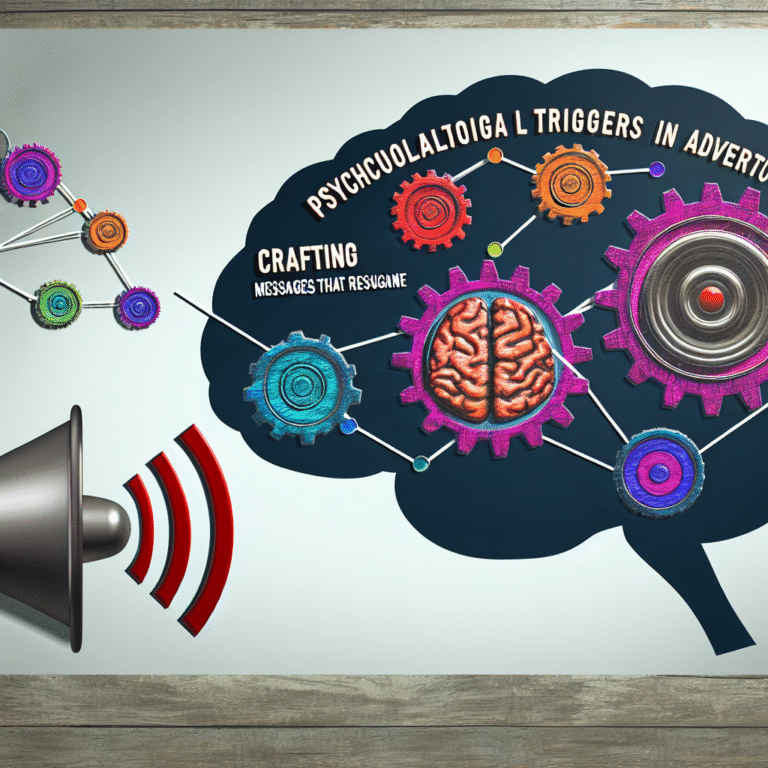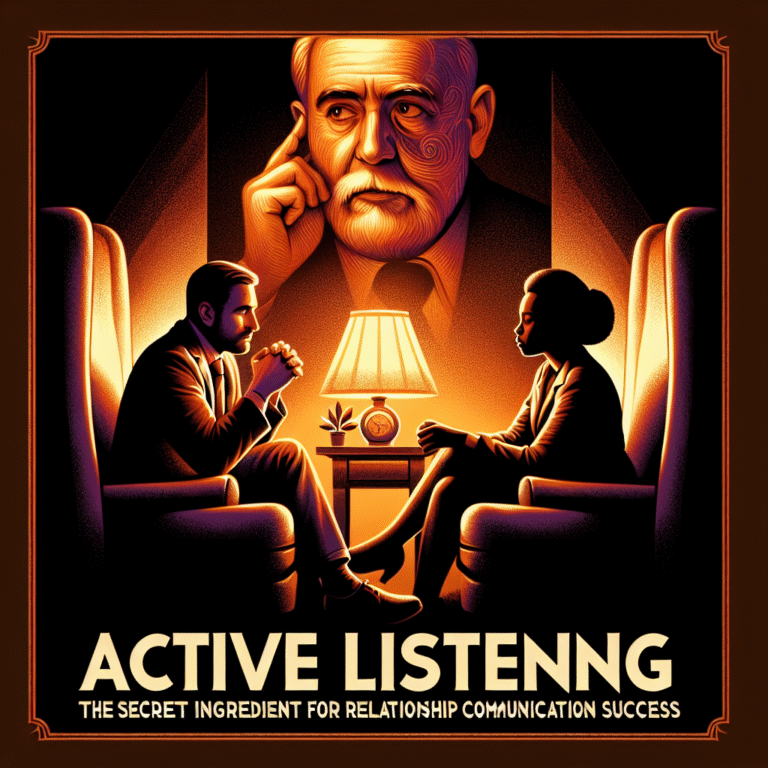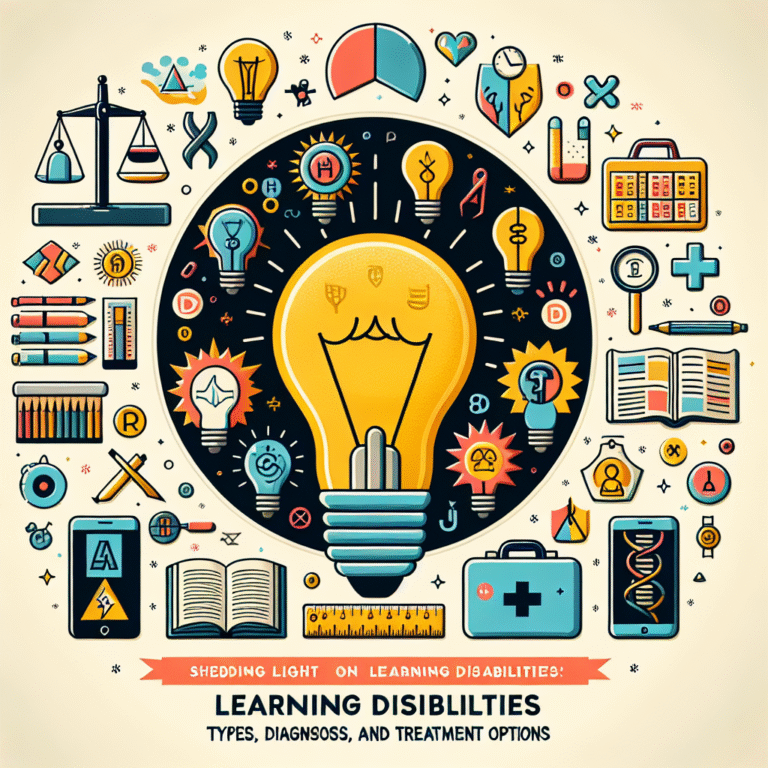Unlocking Potential: Proven Behavioral Psychology Interventions for Autism Spectrum Disorder

Introduction
In a world where diversity is celebrated, understanding and supporting individuals with Autism Spectrum Disorder (ASD) is more critical than ever. Autism, a neurodevelopmental disorder characterized by challenges in social interaction and communication, affects an estimated 1 in 44 children in the United States. The complexities of ASD can often feel overwhelming, both for individuals on the spectrum and for their families. However, the transformative power of behavioral psychology interventions presents an avenue to unlock the potential of these individuals, paving the way for meaningful improvements in their social, emotional, and cognitive functioning.
This article will delve into “Unlocking Potential: Effective Behavioral Psychology Interventions for Autism Spectrum Disorder,” exploring proven methods that actively promote personal growth, self-advocacy, and quality of life for those affected by ASD. Through a blend of insightful case studies, statistical data, and practical recommendations, our aim is to provide a comprehensive resource that empowers caregivers, educators, and practitioners alike.
Understanding Autism Spectrum Disorder
Before we explore specific interventions, it’s crucial to contextualize what ASD entails. Autism is often described as a “spectrum,” highlighting the diverse range of abilities and challenges individuals face. Symptoms can vary widely from one person to another, leading to diverse experiences in daily life. While some may excel in academic pursuits, others may find socialization or communication particularly challenging.
The Importance of Early Intervention
Recent studies underscore the significant impact of early detection and intervention. According to a report published by the Journal of Autism and Developmental Disorders, interventions initiated before the age of three yield the best outcomes. This early engagement not only helps to mitigate the challenges associated with ASD but also maximizes an individual’s capability to lead a fulfilling life—truly embodying the concept of “Unlocking Potential.”
Effective Behavioral Psychology Interventions
Applied Behavior Analysis (ABA)
Overview:
ABA is one of the most well-established interventions for children with autism. By focusing on improving specific behaviors and reducing those that are maladaptive, ABA employs a structured approach that utilizes reinforcement strategies to promote positive change.
Case Study Analysis:
Consider the case of 7-year-old Jake, who displayed aggressive behavior when interacting with peers. After six months of ABA therapy, Jake demonstrated significant improvements in social skills and reduced aggression. His therapist used positive reinforcement—rewarding Jake every time he shared a toy with a peer. This intervention not only minimized aggressive behavior but also fostered meaningful relationships between Jake and his classmates.
Data Insight:
A meta-analysis from the American Journal of Public Health noted a 47% improvement in social engagement among participants who underwent ABA therapy, illustrating its efficacy in unlocking potential within individuals with ASD.
Cognitive Behavioral Therapy (CBT)
Overview:
CBT focuses on addressing negative thought patterns, helping individuals with ASD manage anxiety, depression, and behavioral issues. It equips them with coping mechanisms and problem-solving skills essential for navigating social interactions.
Case Study Analysis:
Consider 10-year-old Lily, who struggled with anxiety and had difficulty transitioning between activities. Through CBT, she learned visualization techniques that helped her combat anxiety. Over several months, Lily’s mother reported that her daughter began initiating conversations and engaging in group activities, showcasing significant social growth.
Social Skills Training
Overview:
Social skills training aims to enhance interpersonal skills through role-playing and group interactions. This intervention is crucial, as social deficits can create barriers to peer acceptance and inclusion.
Case Study Analysis:
Take Mark, an 8-year-old boy who found it difficult to make friends. After participating in a six-week social skills group, Mark learned how to initiate conversations and recognize social cues. His progress was noteworthy; by the end of the program, he was actively participating in playground games.
Table: Outcomes of Social Skills Training
| Skill Focused On | Pre-Intervention Level | Post-Intervention Level |
|---|---|---|
| Initiating Conversations | Rarely | Frequently |
| Recognizing Social Cues | Occasionally | Regularly |
| Group Participation | Minimal | Robust |
Parent-Child Interaction Therapy (PCIT)
Overview:
PCIT emphasizes improving the parent-child relationship through positive discipline and effective communication techniques. This method not only benefits the child but strengthens familial bonds, fostering a supportive environment for growth.
Case Study Analysis:
The Johnson family illustrates the power of PCIT. Initially, their son David exhibited extreme defiance, causing significant strife at home. Through PCIT, Mrs. Johnson learned positive reinforcement strategies. After eight weeks, David’s disruptive behavior decreased substantially, leading to a calmer household environment.
Occupational Therapy (OT)
Overview:
OT focuses on skill acquisition relevant to daily living. For individuals with ASD, occupational therapists work on sensory integration, fine motor skills, and social interaction, enabling smoother engagement within shared environments.
Case Study Analysis:
Emily, a 5-year-old girl, faced difficulties in playground settings due to sensory overload. Through OT, she developed coping strategies like using noise-canceling headphones. As a result, Emily became more comfortable in social settings, allowing her to form friendships and enjoy outdoor play.
Actionable Insights for Caregivers and Educators
Establish Clear Goals
When initiating any intervention, it’s crucial to set measurable objectives. Goals should be personalized to fit the unique strengths and challenges of the individual. By doing so, progress can be tracked, and adjustments can be made efficiently.
Embrace Collaboration
Collaboration among educators, therapists, parents, and medical professionals fosters a holistic approach. As all parties share insights and observations, they can better understand the individual’s needs and create a cohesive support network.
Utilize Technology
Incorporate technology where appropriate. Many apps and software programs now assist in teaching social skills, tracking behavior, and providing visual schedules, which can make interventions more accessible and engaging.
Encourage Community Involvement
Promoting community inclusion is vital. Programs that involve individuals with ASD in community events and activities significantly improve social skills and self-confidence.
Foster a Positive Environment
Creating a nurturing and supportive environment at home and school promotes optimal growth. Positive reinforcement, clear routines, and patience are fundamental components of this nurturing environment.
Conclusion
“Unlocking Potential: Effective Behavioral Psychology Interventions for Autism Spectrum Disorder” encapsulates a profound journey toward understanding, supporting, and celebrating individuals with ASD. From ABA to social skills training, the interventions discussed can profoundly impact lives. As we continue breaking down barriers and fostering acceptance, the true essence of unlocking potential becomes an achievable reality for countless individuals on the spectrum.
To those navigating this journey, know that the potential for growth, joy, and connection is immense. Embrace the tools and strategies available, and take proactive steps to empower not just individuals with ASD, but entire families and communities.
FAQs
By engaging with the diverse strategies and insights presented, those touched by ASD stand poised to unlock their potential, fueling a brighter, more inclusive future for all.













